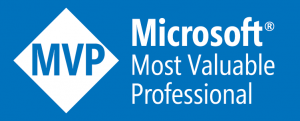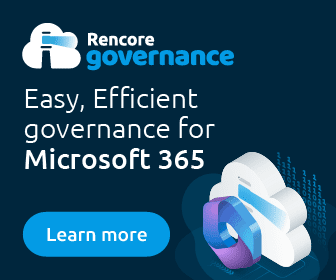The End User Equation in SharePoint Migration
Thinking about tomorrow morning’s tweetjam on SharePoint migration preparation (10/30 at 9am Pacific), I started going through some of my answers to the questions we’ll be covering, and kept coming back to one all-important ingredient in a successful migration: end user involvement. Whether moving from an older version of SharePoint to the latest, or moving from an on premises environment  to the cloud, or even moving some data assets from a competing ECM platform, the end users who own and manage the content on a day-to-day basis should have a voice in the process.
to the cloud, or even moving some data assets from a competing ECM platform, the end users who own and manage the content on a day-to-day basis should have a voice in the process.
I often like to point out that SharePoint migrations are much like an iceberg: what you see on the surface is the technical aspect of the effort — the moving of bits between hardware, but under the surface is where the real work begins – the massive planning effort that really determines how and when your technical migration will take place, and whether the resulting SharePoint environment will, ultimately, be successful. And honestly, do you want to put important decisions about what content to move, how to move it, and where it needs to go in the hands of an admin who does not know the value of that content?
Maybe its just the way I approach problems. As a project manager, your job is to drive the process forward – and make people accountable for the areas that they own. You must decide where and when to involve your end users before you begin, but my advice is to err on the side of giving them control over what they own. People can be the most fluid of your strategic considerations as you balance the risks, requirements, and realities of your migration. Some will fully embrace the assignment to go through, clean up, organize, and prioritize their content – while others will delay, defer, and run away.
How you include your end users really just depends on:
- who your users are (are they power users, do they also own others aspects of the information architecture and need oversight of more than just content, or do they only consume content from pre-defined sites?),
- what the current environment looks like (not just look and feel, but how is it being used? Is it out-of-the-box or do you use it for more complex business processes?), and
- the overall goals of your migration (just move the content as-is, versus a complete transformation of content, taxonomy, and design?).
Of course, your end user strategy can also be incorporated into your development methodology, because <soapbox> end users who participate in the creation of a system are more likely to accept and support that system once deployed.</soapbox>
Some suggested strategies for involving your end users might include:
- Review and approval of your proposed/refined information architecture.
- Setting up regular and consistent feedback mechanisms, such as surveys, user groups, online forums, and one-on-one sessions with key stakeholders.
- Creating your current-state and future-state designs and documentation.
- Creating use cases around your most common and critical business processes.
- Prioritizing your future-state design by involving end users in your prototyping, test migrations, and project planning efforts.
- Defining what success looks like, so you can properly scope your project and not end up in scope-creep limbo.
Hopefully you can join us tomorrow morning for the tweetjam, which will include 8 SharePoint MVPs and a host of other experts from around the community – as well as anyone else who would like to join in on the discussion using the #CollabTalk hashtag on Twitter, or by using our tweetjam event site at http://twubs.com/CollabTalk
If you miss the tweetjam, don’t worry – I’ll have a summary blog post available on the Metalogix blog later this week.





Agree, Agree, Agree. We just completed a SP migration from 2007 – 2013. I was the business lead and represented the end user. Your points are all valid from an enduser perspective. You absolutely need to get the end user involved, the business and IT must work together from the beginning. Involve them early and let them take ownership. That is the best route to success. Been there done that!